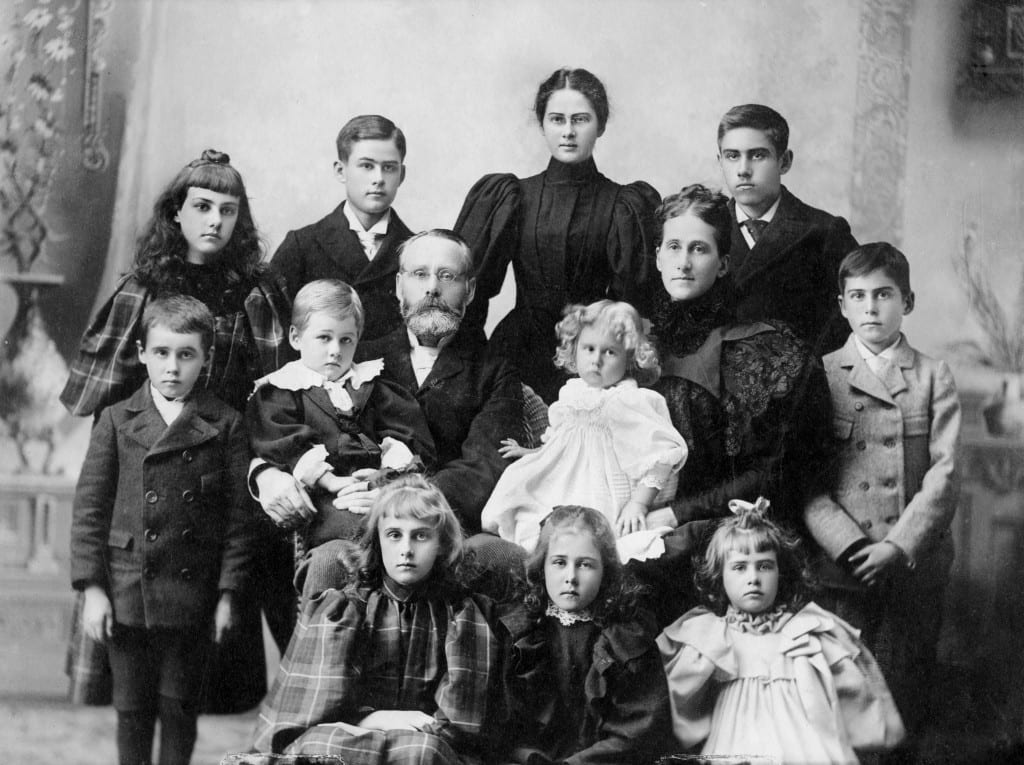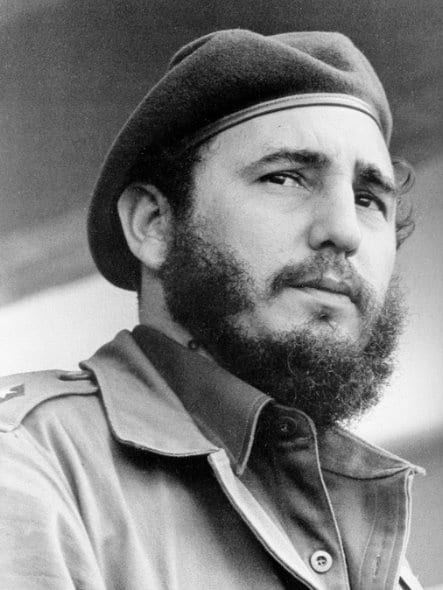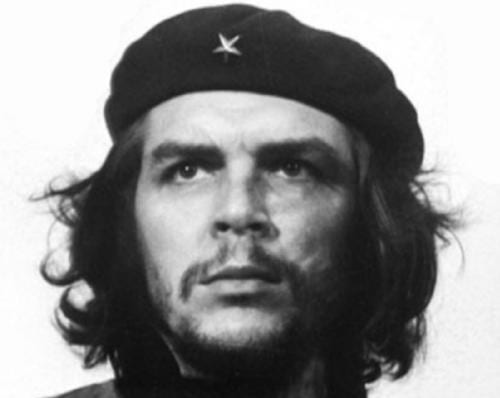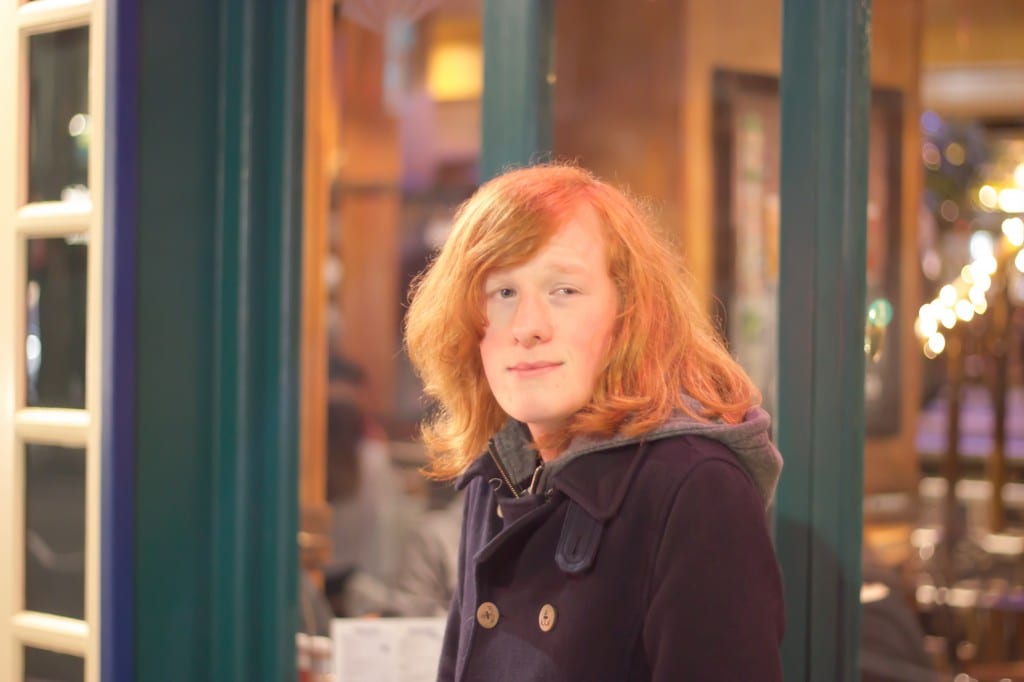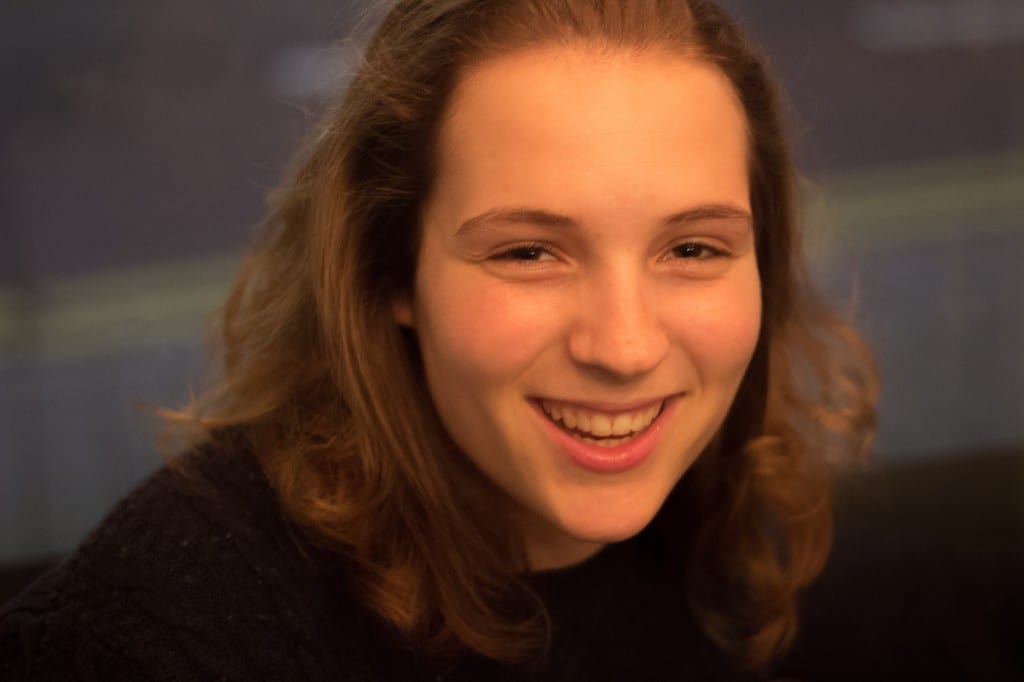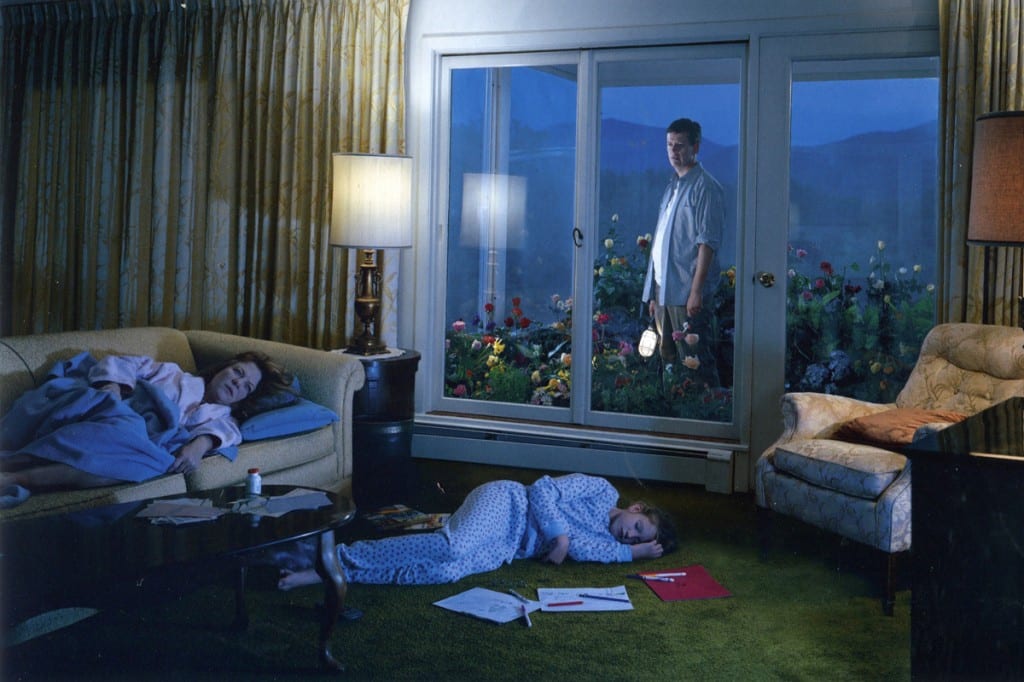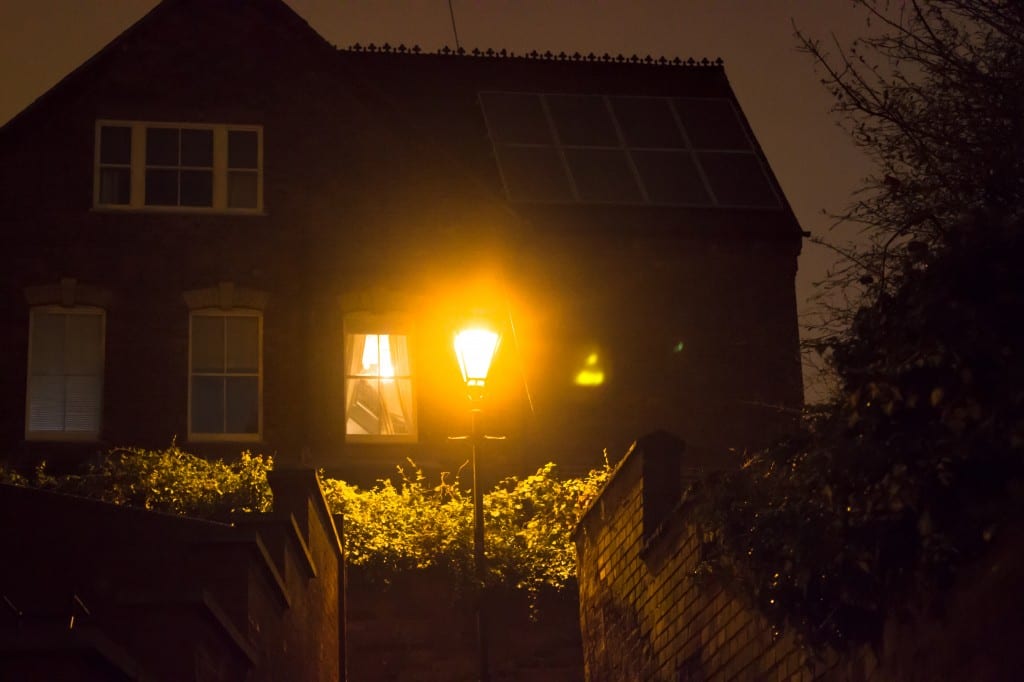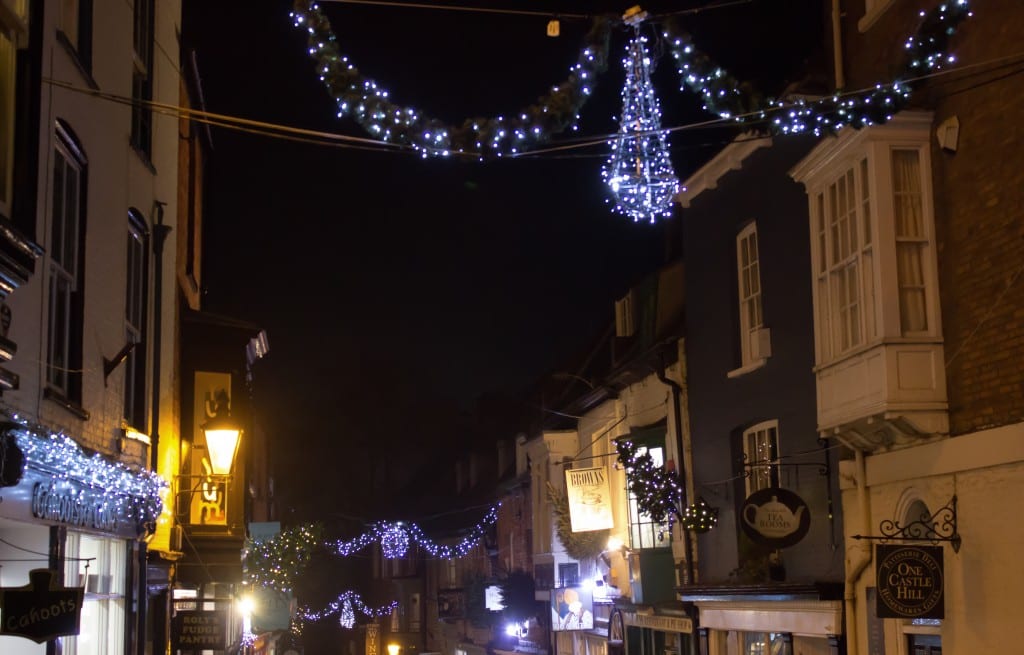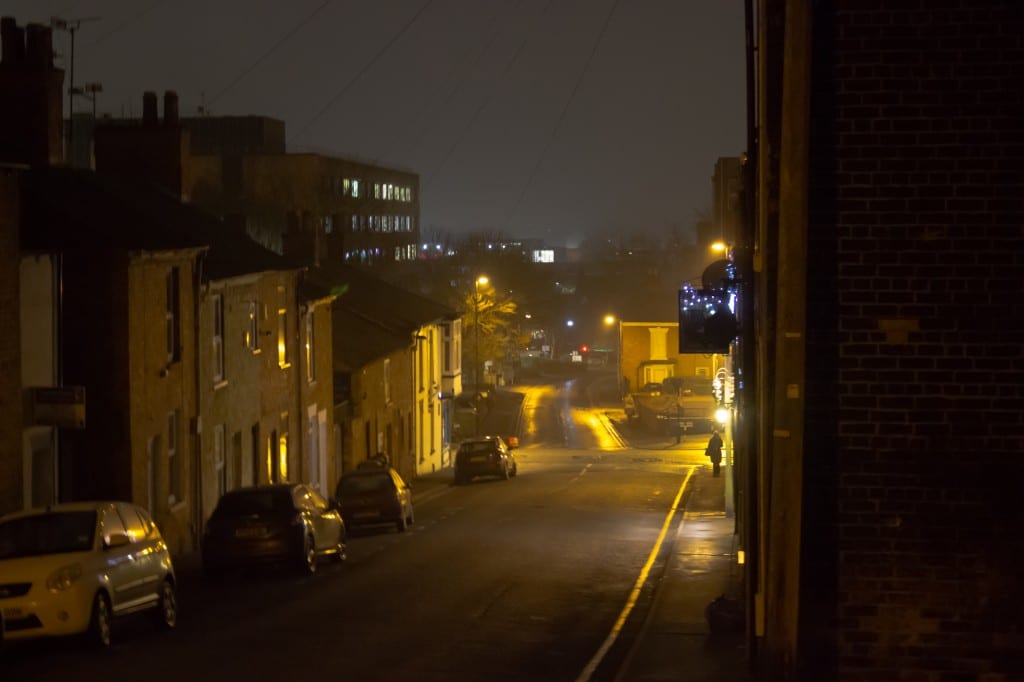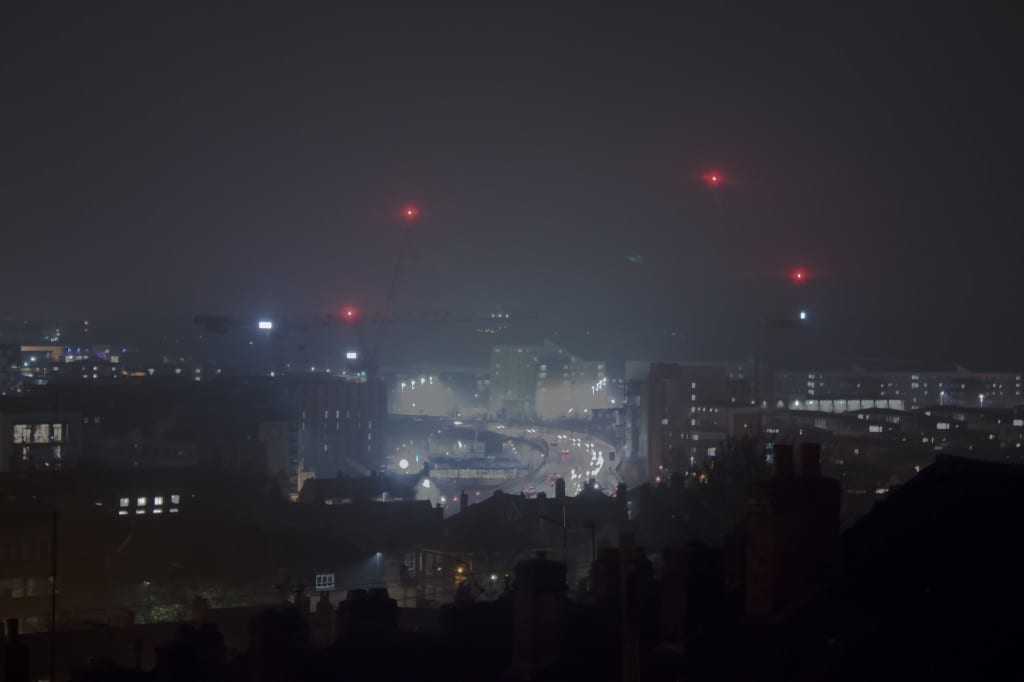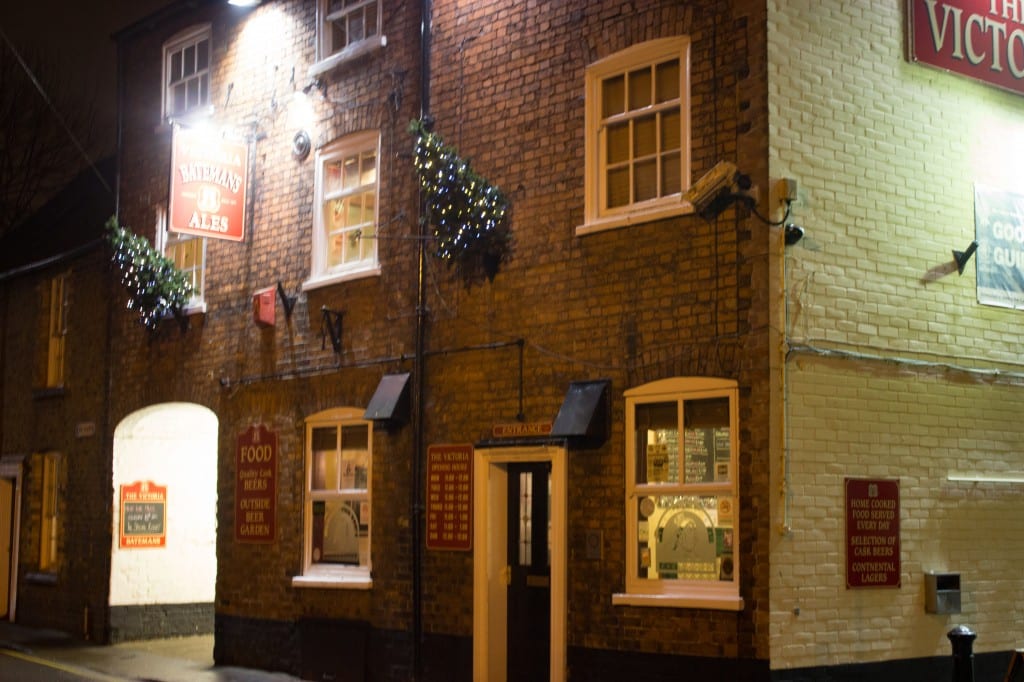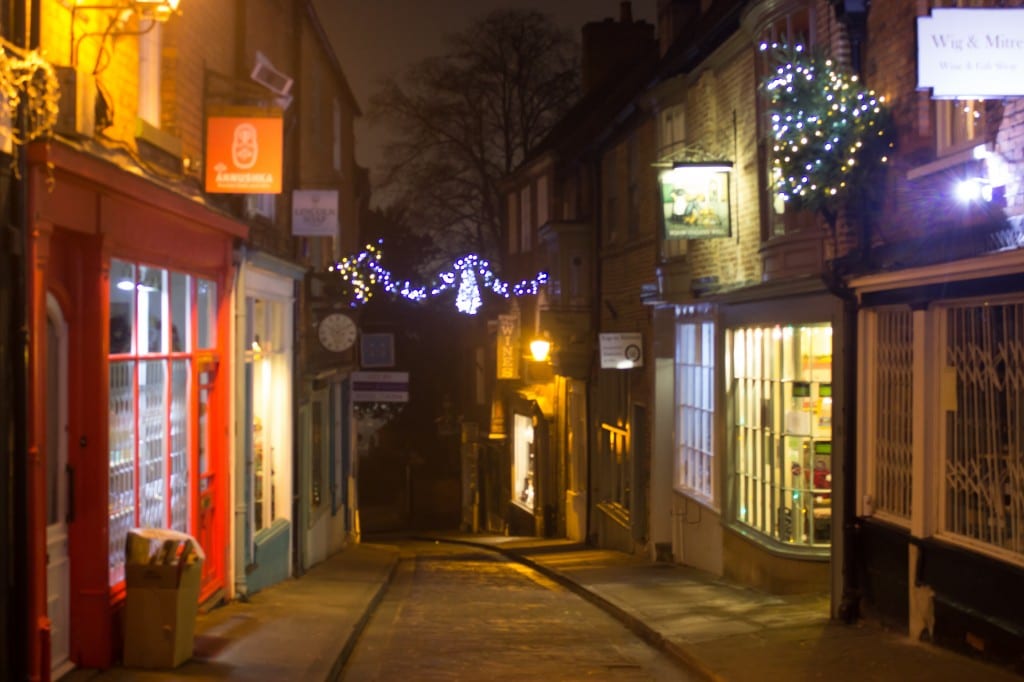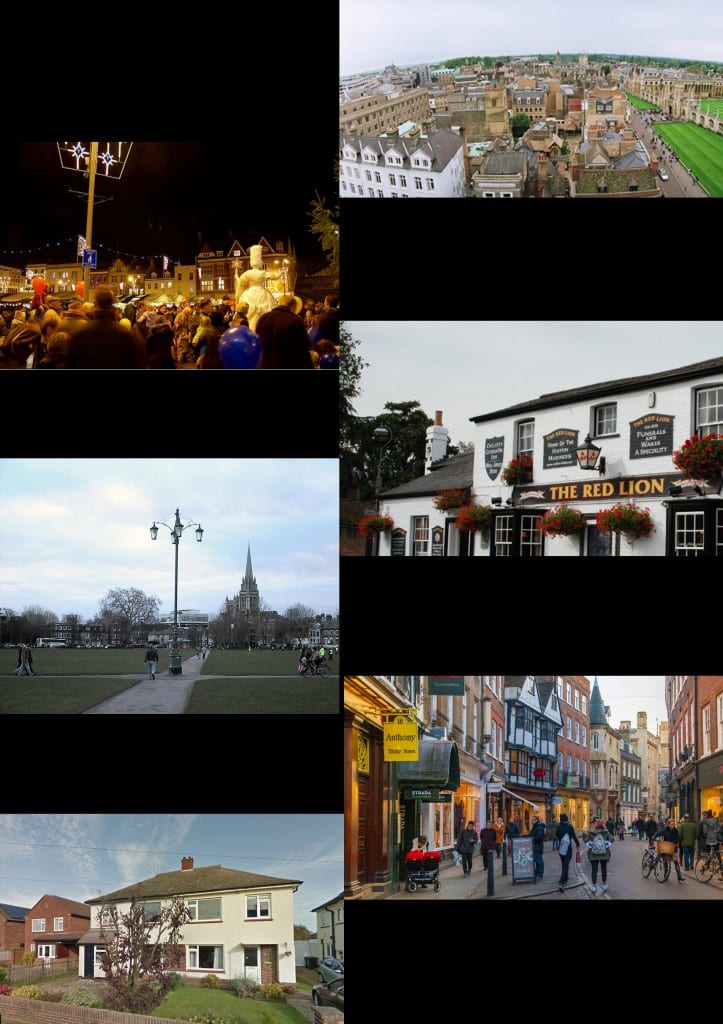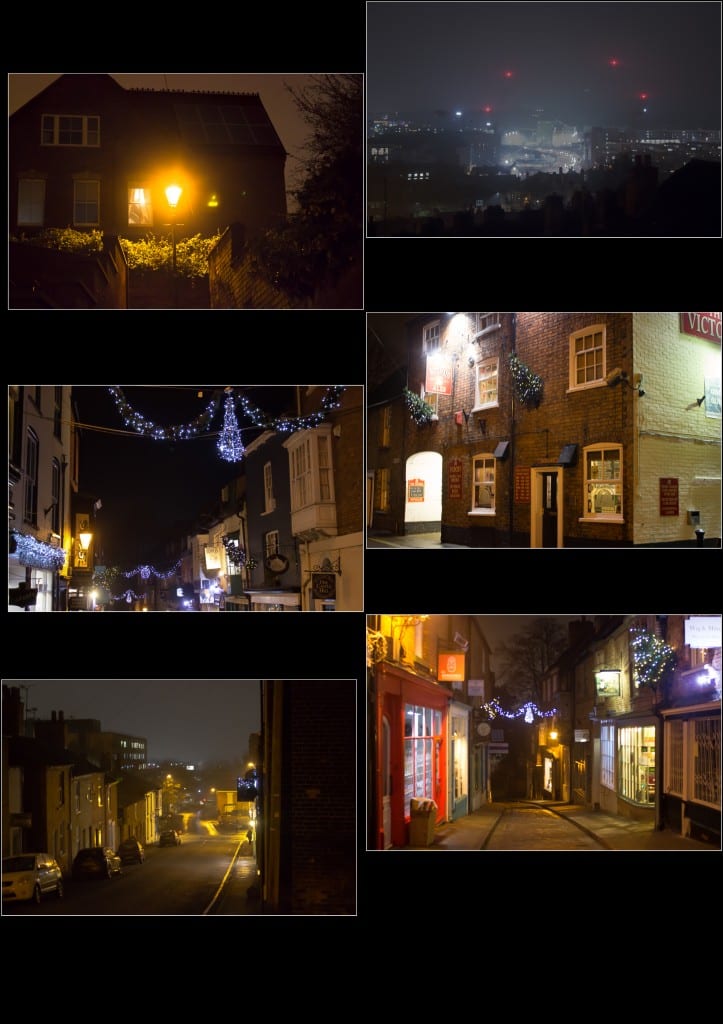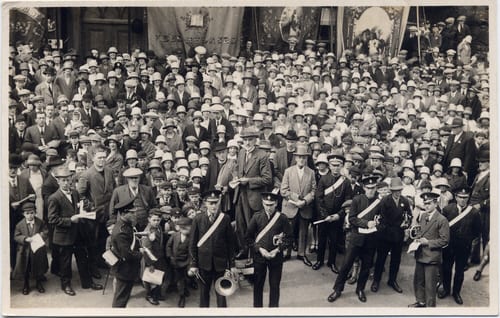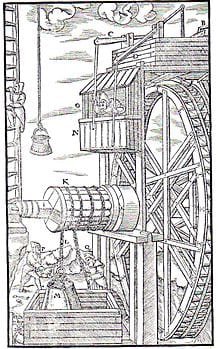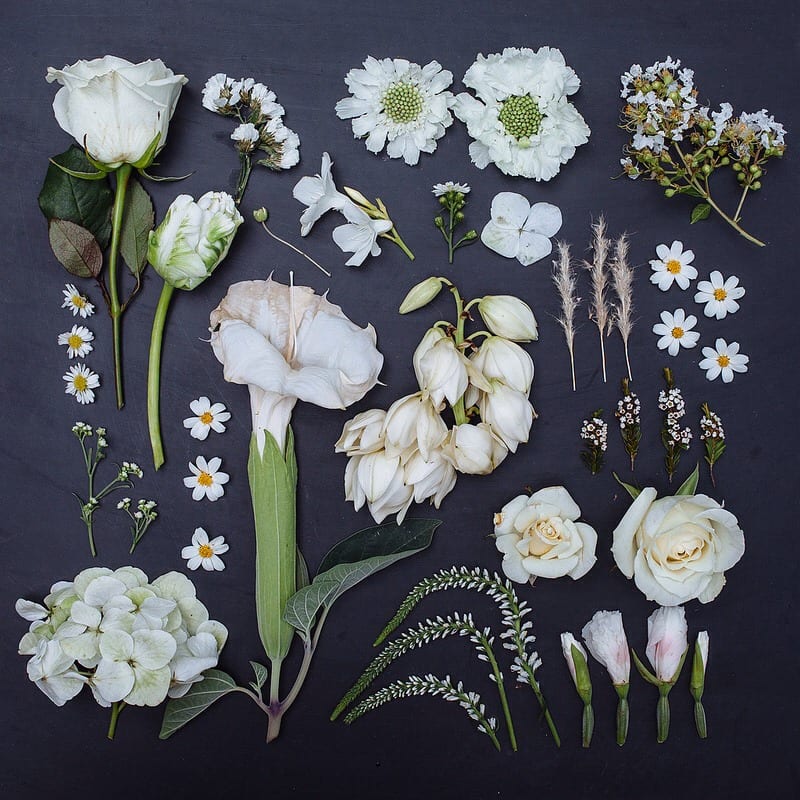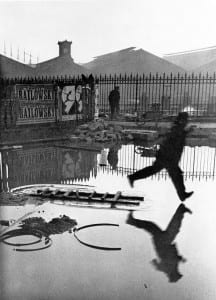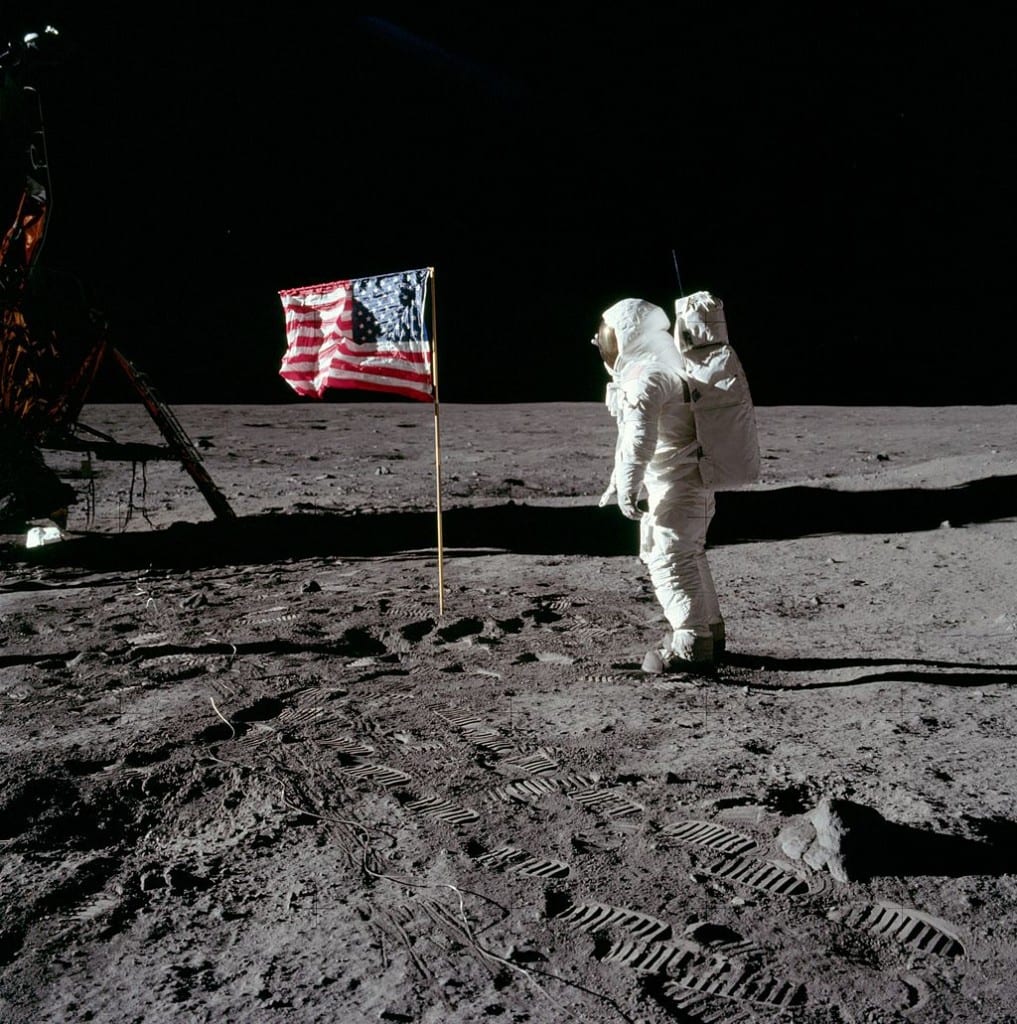Portraits Brief 3
For my research into portraits I decided to start right at the beginning of photographic portraits and work forward from there.
It wasn’t until the invention of the first camera that could take pictures in 1814 that the idea of portraits with pictures came along. Joseph Nicephore Niepce is credited as one of the creator of photography he realised that portraits where an idea use for the camera. Because of his interest photographers became super popular in the Victorian era and it’s here where some of the first images that inspired me are the family portraits where people didn’t smile, further research yielded the result that people didn’t smile because of the limitations of cameras at the time.athe ones of people sat in a room the idea of doing something similar was tempting but I soon moved forward in the soviet era of photography as this was the next point of great photography i soon found Alberto Korda who work with dictators such as Che Guevara he is credited with the iconic image we all know today.
I then moved on to more modern famous photography with photographers such as Steve McCurry who took photos for natural geographic of people in their natural environment. For instance, his solo work on get away to India greatly highlights this image of a woman In the pouring rain holding a child is a very powerful images because it appears so naturally and true to the character of the people in the image. Steve McCurry said in an interview about the image “india in a moonsoone was something he had always wanted to take a picture of…” he goes on to describe the image as “a collition of cultures” which i think is what made him choose this image.
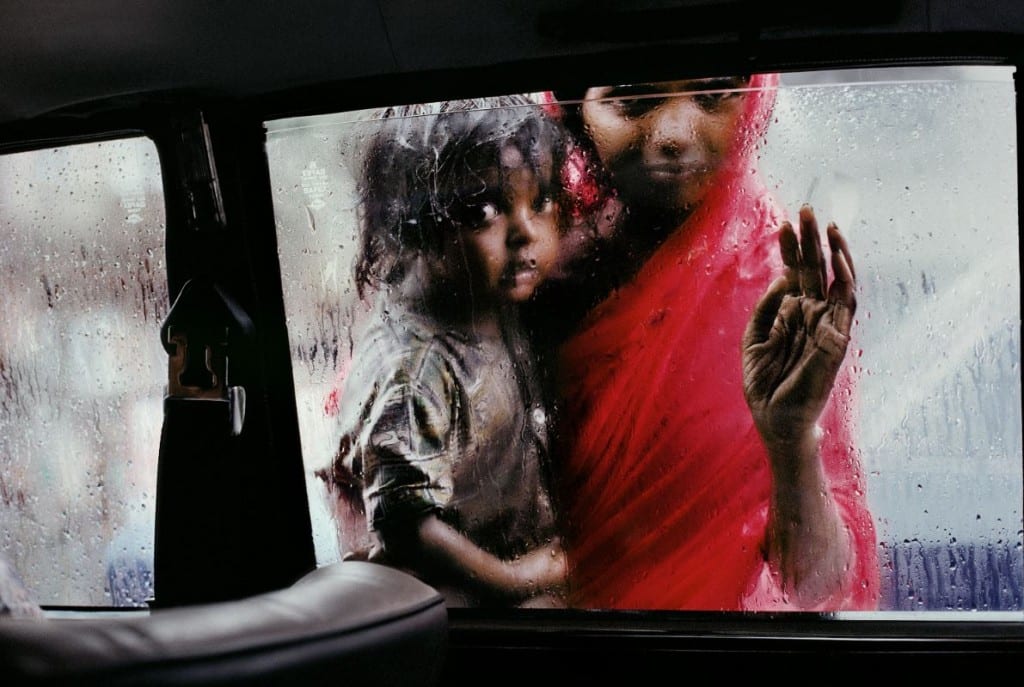
I also looked at professional studio photography by people such as Annie Leibovitz while i admire the strengths of the images especially the iconic David Bowie image i felt that the image had unnatural air to it which wasn’t really feel i was going for. However i did like that the image was staged by trying to look as if it was natural. I had a similar issue with Jill green Berg here images were to posed for me to use.
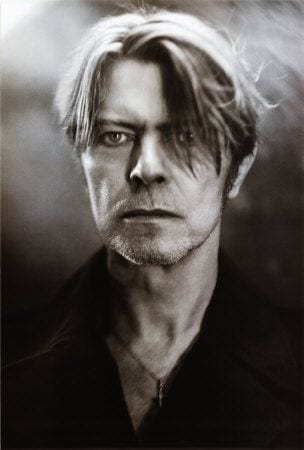

My first picture the self-portrait was taken in the style or a dictator such as Fidel Castro or Che Guevara the reason I wanted to do this is because when you take a self-portrait you pose when a dictator has his image taken he also poses to make himself appear greater than he is which is what I have tried to convey with the lighting from beneath in the image.
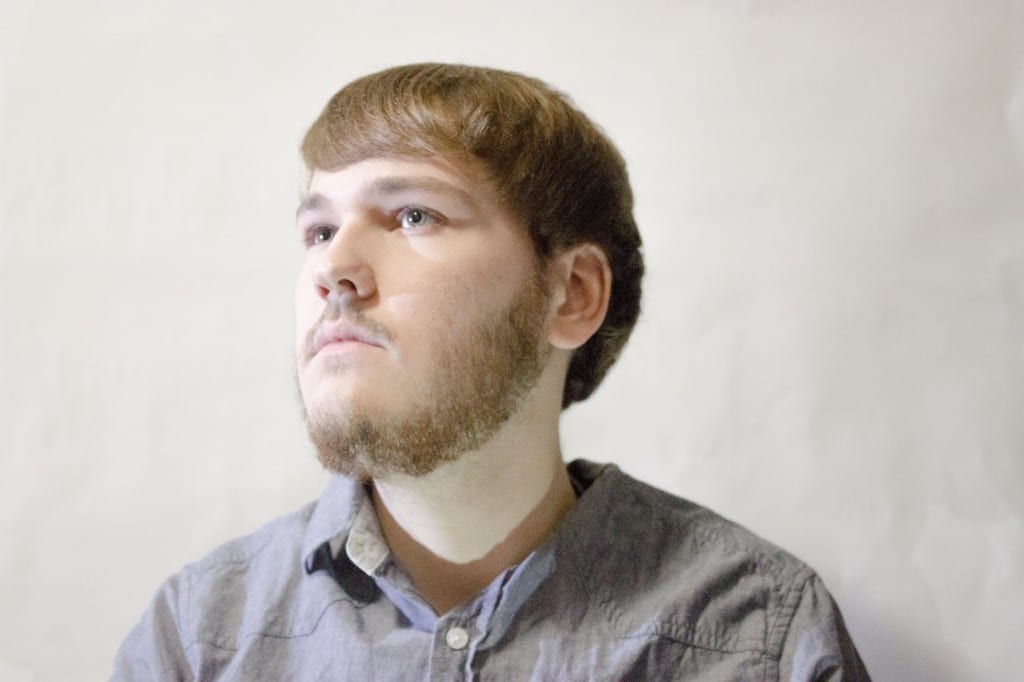
The friend portrait my friend portrait was taken in a street a night time which is often seen as unusual as most people as portraits are often taken in a well-lit photography studio’s the reason I chose not to do this is the friend in the portrait has natural red hair which reacts with the neon lights of the sign above to give the image this artificial glow to it. The David Bowie picture and the Che Guevara picture inspired this one because they were both seen as hero’s by some people for very different reasons.
The reason my image of a stranger is not in a done in a photography studio because I believe a portrait is more natural when it’s a person’s own environment. Jill Green Berg creates excellent photos but each one appears very unnatural and forced which is not to say here images are of a fantastic equality they are but the problem is a person doesn’t cry unless forced to. The smile in the photo is natural and creates an air of happiness which is the true purpose of my final image the stranger.
Sources
http://www.arthistoryarchive.com/arthistory/photography/Alberto-Korda.html
http://www.biography.com/people/che-guevara-9322774
http://www.imageandnarrative.be/inarchive/painting/fulya.htm
http://www.hrc.utexas.edu/exhibitions/permanent/firstphotograph/niepce/
https://theartstack.com/artist/annie-leibovitz/david-bowie-33
https://www.jillgreenberg.com/portraiture/#gallery-81-1
Interview with Steve McCurry https://www.youtube.com/watch?v=njhkRyw3CKo
